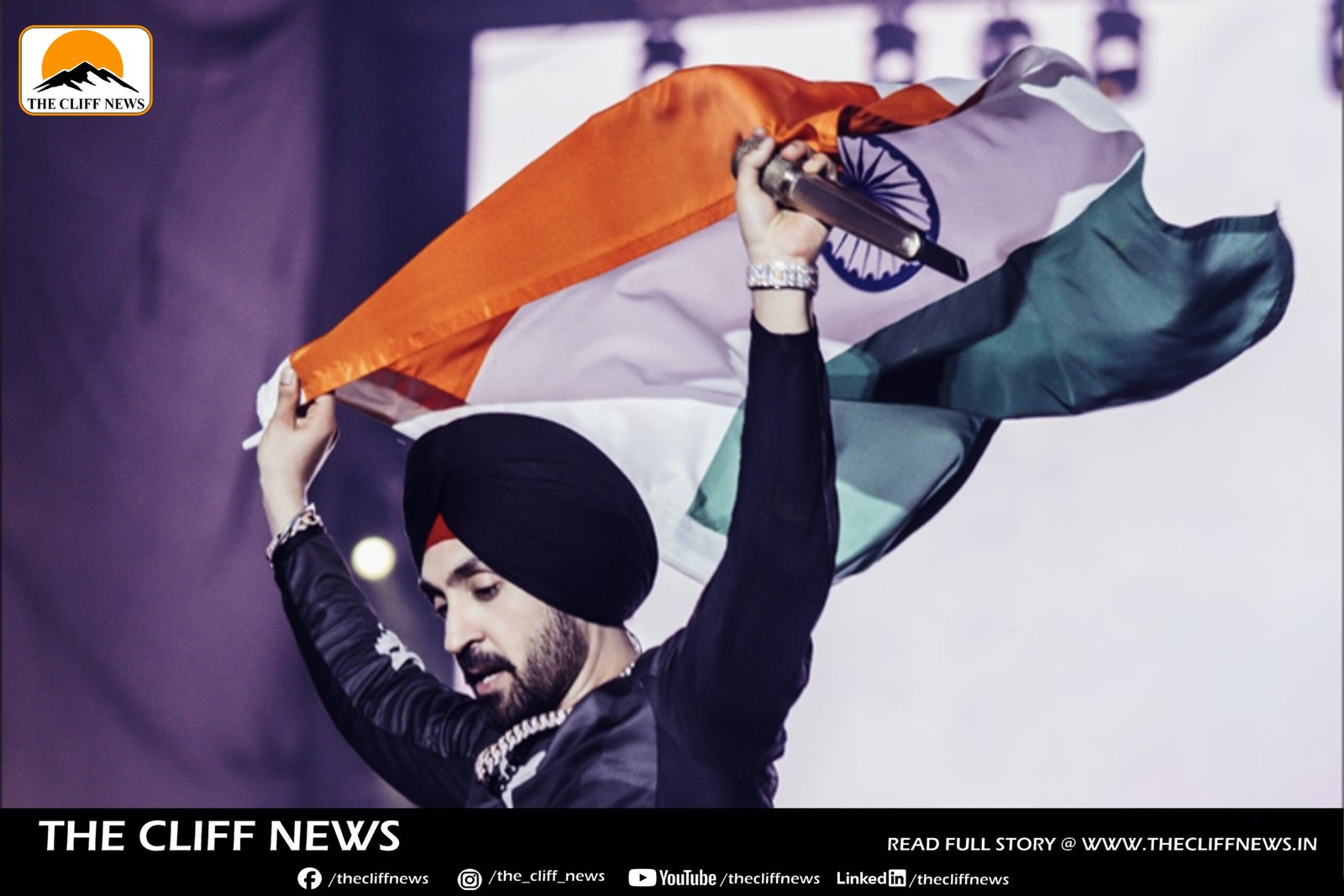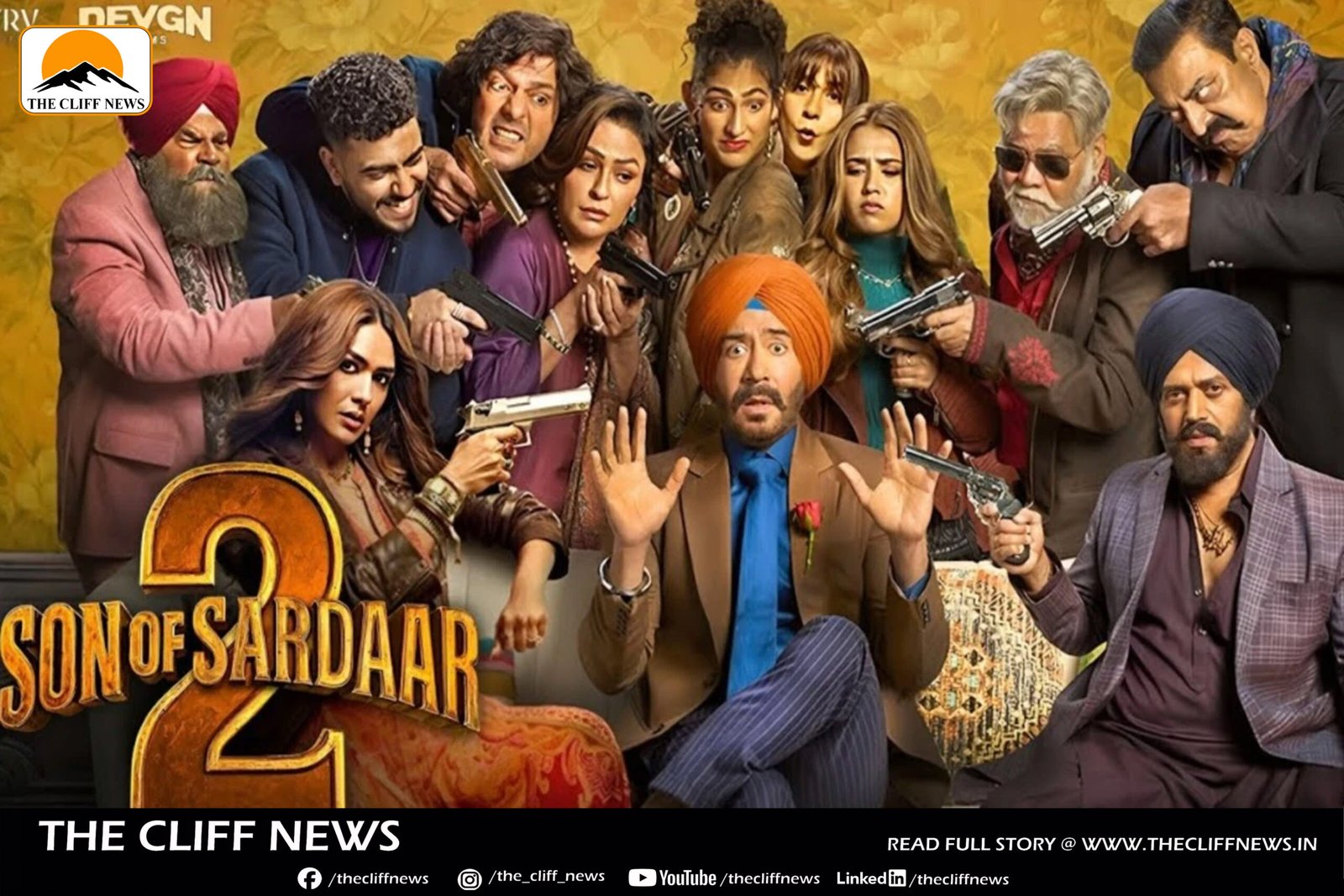Diljit Dosanjh—one of India’s most acclaimed Punjabi singer-actors and arguably its most prominent global entertainer—is at the center of a growing controversy over his latest film, Sardaar Ji 3. The film features Pakistani actress Hania Aamir in a supporting role and was completed in February 2025, months before the April terror attack in Pahalgam that reignited tensions between India and Pakistan. In the wake of the attack, the Indian government, with support from influential film industry bodies, enforced sweeping restrictions on Pakistani artists, including a ban on their involvement in Indian projects.
Despite this climate of heightened nationalism, the producers of Sardaar Ji 3, citing significant financial investments, opted for an exclusive overseas release on June 27, skipping a domestic release in India. Dosanjh defended the decision, stating that the film’s production preceded the diplomatic fallout and that the controversy was entirely beyond their control. He found support from industry stalwarts like Javed Akhtar and Imtiaz Ali, who echoed this pragmatic argument. However, their reasoned stance was quickly drowned out by nationalist outrage.
The Federation of Western India Cine Employees (FWICE) issued a strongly worded condemnation, calling Dosanjh’s collaboration with a Pakistani artist a “blatant violation” of industry directives and an “affront to the sovereignty, dignity, and security of India.” Their demands were severe: calls to remove Dosanjh from major projects such as Border 2, and even from some quarters, calls for the revocation of his Indian passport and citizenship. Amid the noise, there has been a noticeable lack of discourse around artistic freedom, free speech, and constitutional rights. Instead, mainstream media has largely amplified the most jingoistic and reactionary voices.
Ironically, Dosanjh’s international success is grounded in his unwavering commitment to his Punjabi roots and language. He has shown that authenticity—not assimilation—is the true path to global stardom. Last year, he was named the top Asian celebrity worldwide, even surpassing Bollywood icon Shah Rukh Khan. His cultural resonance was further affirmed in early 2025 when he met Prime Minister Narendra Modi at the PM’s official residence. The meeting, widely publicized by the government, saw Modi praising Dosanjh as a “truly multifaceted talent,” while Dosanjh called the interaction “fantastic” and “memorable.”
Weeks before that, Dosanjh captivated the elite at the Ambani pre-wedding extravaganza in Jamnagar, delivering a performance that went viral alongside global icons like Rihanna. This event, like many others, reinforced his status as one of India’s biggest entertainment exports. From headlining Coachella—becoming the first Indian artist to do so—to selling out arenas across North America and Europe with his Dil-Luminati tour, Dosanjh has redefined what is possible for Indian musicians on the world stage. His appearance on The Tonight Show Starring Jimmy Fallon, where he was introduced as “the biggest Punjabi performer on the planet,” and his collaborations with artists like Ed Sheeran and Sia, have propelled him into a league previously occupied only by Western pop giants.
That Dosanjh, so recently embraced by the political establishment and celebrated by the nation’s wealthiest family, can now be labeled a traitor by some of those same forces, is a stark reflection of the contradictions in India’s current political and cultural climate. What was once a story of national pride is now being twisted into a political weapon.
Crucially, Dosanjh’s Sikh and Punjabi identity is not a backdrop to his success—it is its beating heart. He has deliberately and proudly represented Sikh culture on global platforms, from his historic appearance at the 2025 Met Gala in a turban, kurta, tehmat, and bejeweled kirpan, declaring “Main Hoon Punjab,” to his concerts that serve as cultural celebrations. For diasporic Sikh communities worldwide, Dosanjh is more than a performer—he is a symbol of visibility, pride, and resistance in an often exclusionary entertainment landscape.
In the end, the backlash against Dosanjh is not merely about a film or a political dispute—it is about who gets to define patriotism, art, and identity in an increasingly polarized India.



